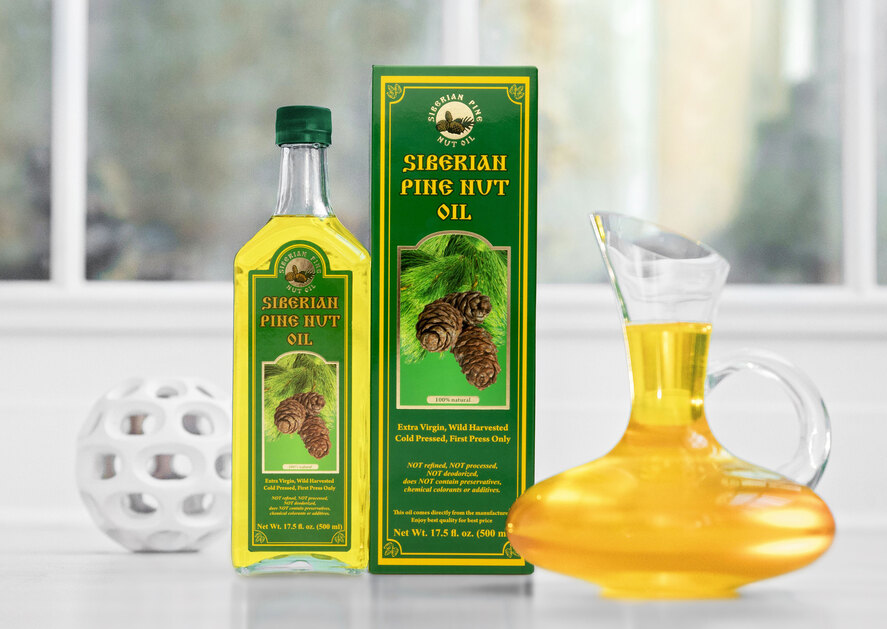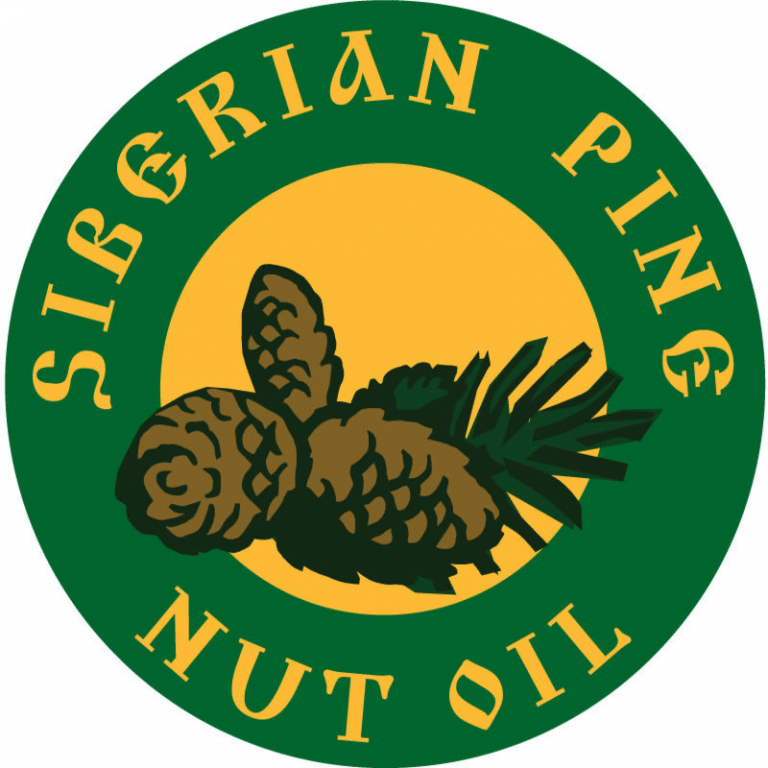Can good pine nut oil be cheap?

There are many brands of pine nut oi: you can find them online, in health food stores, and even in regular supermarkets. How to make the right choice? What is the difference between expensive oil and cheaper one?
The cost of pine nut oil is formed from the cost of pine nuts (depending on their quality), the use of manual labor, and the method of production. Cheaper pine oil is the result of using cheap pine nuts and production methods that allow the manufacturer to save money, but at the same time affect the taste and useful properties of the final product.
What nuts are used for pine nut oil?
Pine nuts are an expensive product. To make pine nut oil cheaper, unscrupulous producers try to save on raw materials at the expense of the quality of the oil. Here are the parameters that determine the cost and quality of pine nuts:
- Where do they grow?
Pine nuts from farms are cheaper than wild-harvested ones. To collect nuts from farm, you do not need to go to a distant taiga, where there are no roads and cities nearby. In addition, pines on farms bring crops faster because they are grafted with branches of other pine species. However, the vitamin and mineral composition of farm-grown nuts is much poorer: here the tree seeds do not have to accumulate maximum nutrients in order to survive the Siberian winter. Trees that are grafted often become infected with mold and fungus that also pass to pine nuts. - Which nuts are used?
Pine nuts can be white, yellow, and pink. The most ripe are white nuts. They contain the most beneficial nutrients. For the preparation of the highest quality pine nut oil, only hand-selected white nuts are used. If you also use yellow and pink nuts, this reduces the price of pine nuts at the expense of the quality of the oil.
For our oil, only white wild-harvested nuts are used, collected in the Siberian taiga far from civilization.
Manual labor
As it mentioned above, manual labor is necessary in order to get the best quality product.
When manually collecting pine cones, workers collect only ripe cones that have fallen from the tree. Already at this stage, they can visually assess the quality of raw materials and make sure that rotten and damaged cones do not get into production.
In order to increase the amount of harvested raw materials, some unscrupulous producers deliberately hit tree trunks so that not fully ripe cones fall down. Our company does not use such methods: we prefer to collect less pine cones, but at the same time we are always sure that we receive only ripe nuts that have accumulated the maximum amount of useful nutrients.
Manual sorting of nuts is necessary in order to separate high quality white nuts from others. This cannot be done in automatic mode. Any manual labor makes the final product more expensive. We prefer to supply customers around the world with only the highest quality products. We are sure that good pine nut oil cannot be cheap. A low price is a sign that the manufacturer uses lower quality raw materials and automates the production process to the detriment of the beneficial properties and taste of the product.
Production method
The cheapest way to produce any vegetable oil is hot pressing. It allows you to get more oil from the same amount of raw material than cold pressing. However, thermal exposure destroys most of the useful chemical compounds, vitamins, and minerals. Only cold pressing on wooden presses, used by our company, allows to save 100% of the benefits of raw pine nuts. Since the volume of oil produced in this way is much smaller, the oil costs more.
Another way to save money on oil production is to squeeze not only pine nuts, but also the oilcake left after the first stage of processing. So you can get more oil and reduce its cost. An extra virgin oil like ours is more expensive to produce, but much more healthier.
High-quality vegetable oil, including pine nut oil, cannot be cheap. To preserve all the benefits of raw materials and great taste, it is necessary to responsibly treat each stage of production.
These articles come directly from researchers and are passed on to everybody. siberianpinenutoil.org assumes no liability for any content in these articles. For Educational purposes only. This information has not been evaluated by the Food and Drug Administration. This information is not intended to diagnose, treat, cure, or prevent any disease.

